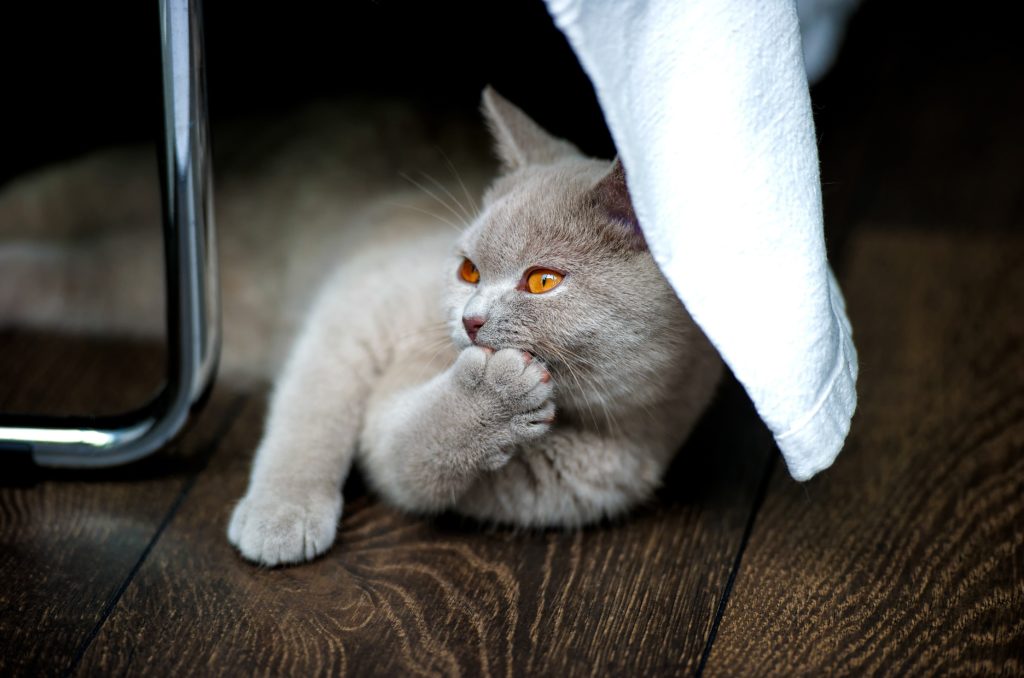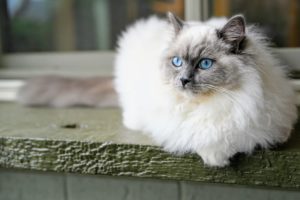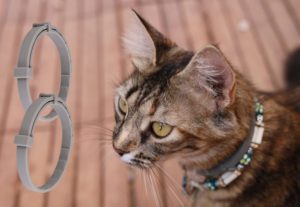Have you noticed dandruff on your cat fur? Cat dandruff is a common problem that affects cats of all breeds, especially long-haired ones. While it is generally not a serious matter, it could indicate an underlying health problem or inadequate grooming practices.
If you’re wondering what causes white flakes on your cat’s fur or how to get rid of cat dandruff, keep reading. I’ll cover everything from natural remedies to professional treatment options.
Understanding Cat Dandruff: Causes and Symptoms
If you’ve noticed white flakes on your cat’s fur, your feline friend may suffer from dandruff. Dandruff in cats is a common issue, and while it’s not usually harmful, it can be a sign of an underlying health condition. Understanding the causes and symptoms of cat dandruff is the first step in addressing the issue and getting your cat healthy again.
What Causes White Dandruff on Cats?
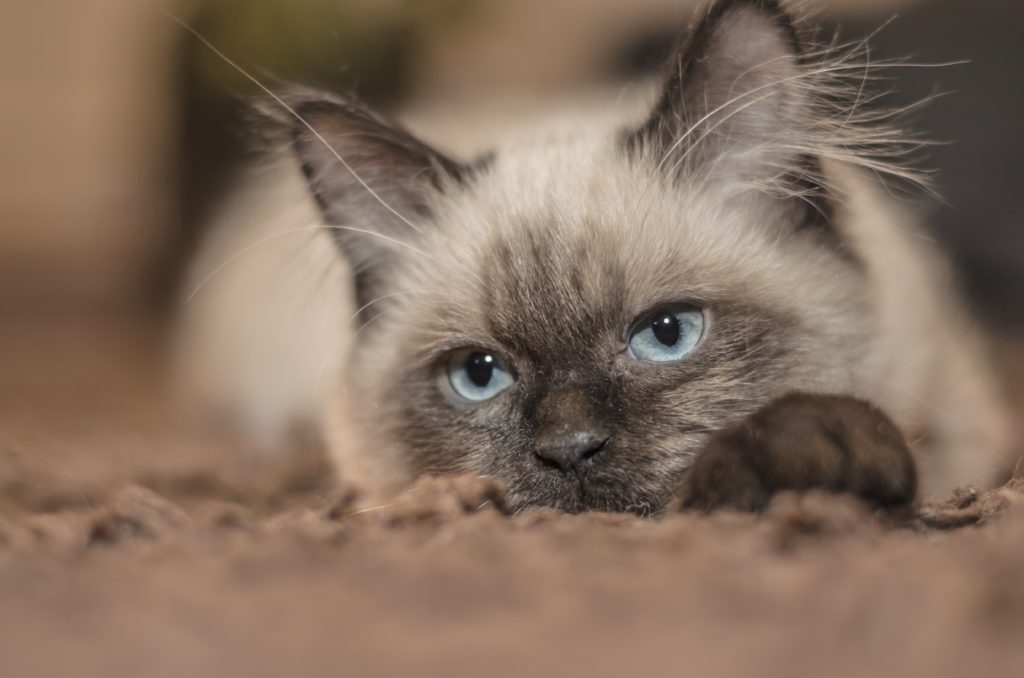
Dry skin is one of the most common causes of cat dandruff. Other causes can include poor grooming habits, allergies, or underlying health conditions such as thyroid diseases or a compromised immune system.
Cats with Dandruff: What Are the Symptoms?
Cat dandruff presents as white flakes in your cat’s fur, often accompanied by matted hair or a greasy coat. If your cat has dandruff, it may also experience itchiness or discomfort, leading to excessive grooming or scratching.
If you notice these symptoms, taking action and finding an effective solution to treat your cat’s dandruff is essential.
How to reduce cat dandruff?
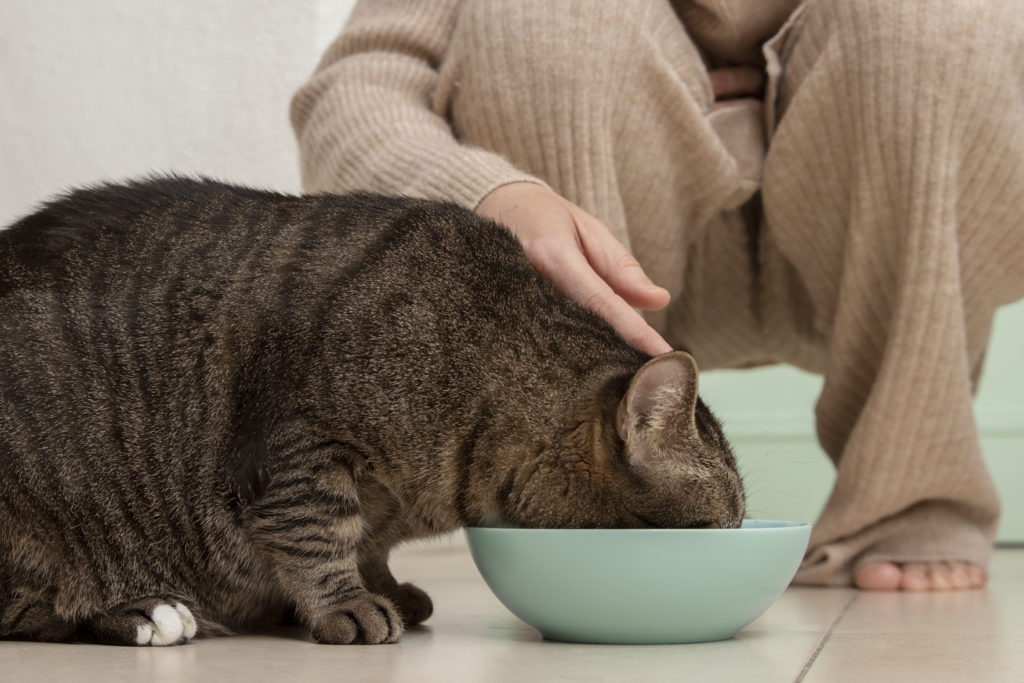
If you’re dealing with cat dandruff, don’t worry! There are effective ways to reduce and even eliminate it. Here are some tips that can help:
Dietary Changes
One way to reduce cat dandruff is to make dietary changes. Consider adding more fatty acids to your cat’s diet. Foods like salmon and sardines are rich in fatty acids and omega-3. These healthy fats can help improve your cat’s skin and coat health, reducing dandruff.
Regular Grooming

Regular grooming is vital in reducing cat dandruff. Brush your cat’s coat regularly to remove any dead skin cells and loose fur that can contribute to dandruff. You can also use a moisturizing shampoo designed for cats to help keep their skin hydrated and healthy.
Balanced Diet and Hydration
A balanced diet and hydration routine are essential for a healthy cat coat. Ensure your cat is drinking enough water and is on a well-balanced diet. This will help keep their skin and coat in good condition and reduce the likelihood of dandruff.
By implementing these tips, You can significantly decrease. And even eliminate cat dandruff. However, if your cat’s dandruff persists or worsens, it’s best to consult a veterinarian for additional treatment options.
Natural Remedies for Cat Dandruff
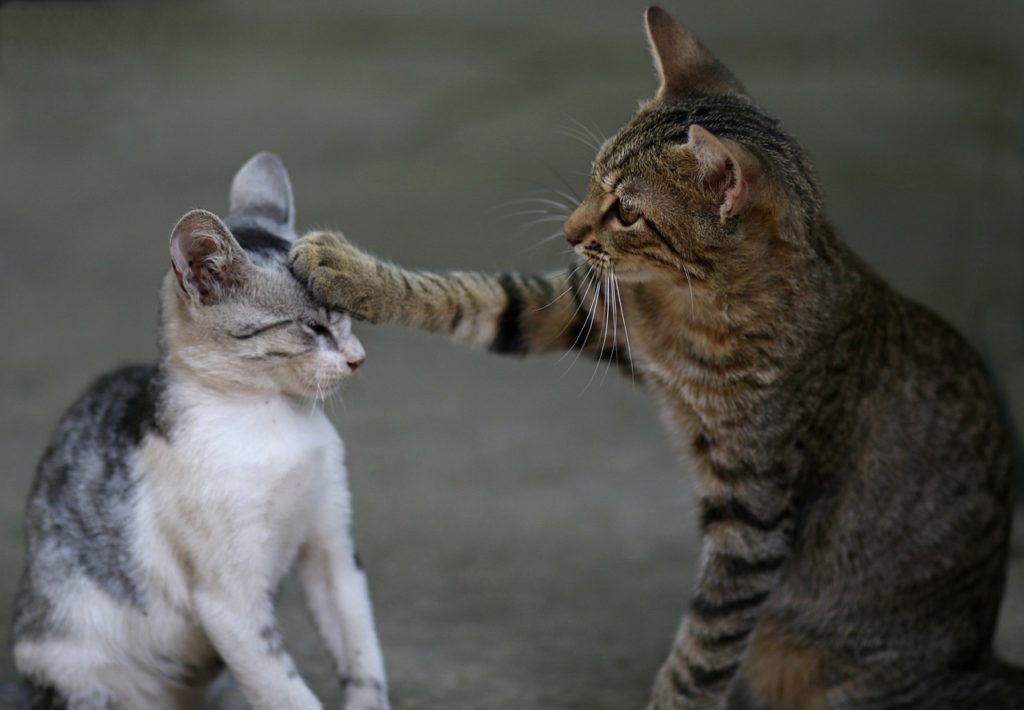
As a cat owner, you may wonder how to get rid of cat dandruff without a bath. Fortunately, there are various natural remedies that you can experiment with in the comfort of your own home. These remedies can help you remove cat dandruff and soothe your feline’s irritated skin without causing any harm. Here are some effective DIY solutions to reduce cat dandruff:
- Coconut oil: This natural and affordable remedy can help moisturize your cat’s skin and reduce dandruff. Apply a small amount of coconut oil to your cat’s fur and gently massage it. Leave it on for about 15 minutes before rinsing it with warm water.
- Apple cider vinegar: Another helpful remedy is apple cider vinegar, which helps reduce the pH level of your cat’s skin and prevent bacterial and fungal infections. Mix equal parts of apple cider vinegar and water, then apply the solution to your cat’s fur using a spray bottle. Let it sit for a few minutes before rinsing it with warm water.
- Oatmeal bath: This remedy can help soothe your cat’s skin and reduce itchiness and flakes. Grind a cup of oatmeal into a fine powder and mix it with warm water to create a paste. Apply the paste to your cat’s fur and leave it on for about 10 minutes before rinsing it with warm water.
- Regular grooming: One of the best ways to prevent cat dandruff is by regularly grooming your feline. Using a soft-bristle brush, gently brush your cat’s fur to remove loose hair and dead skin cells.
While these natural remedies are generally safe and effective, you should consult your veterinarian before trying any new treatment on your cat. Sometimes, your cat’s condition may require more advanced medical treatment, which only a veterinarian can provide.
Senior Cats and Dandruff: Special Care for Aging Felines
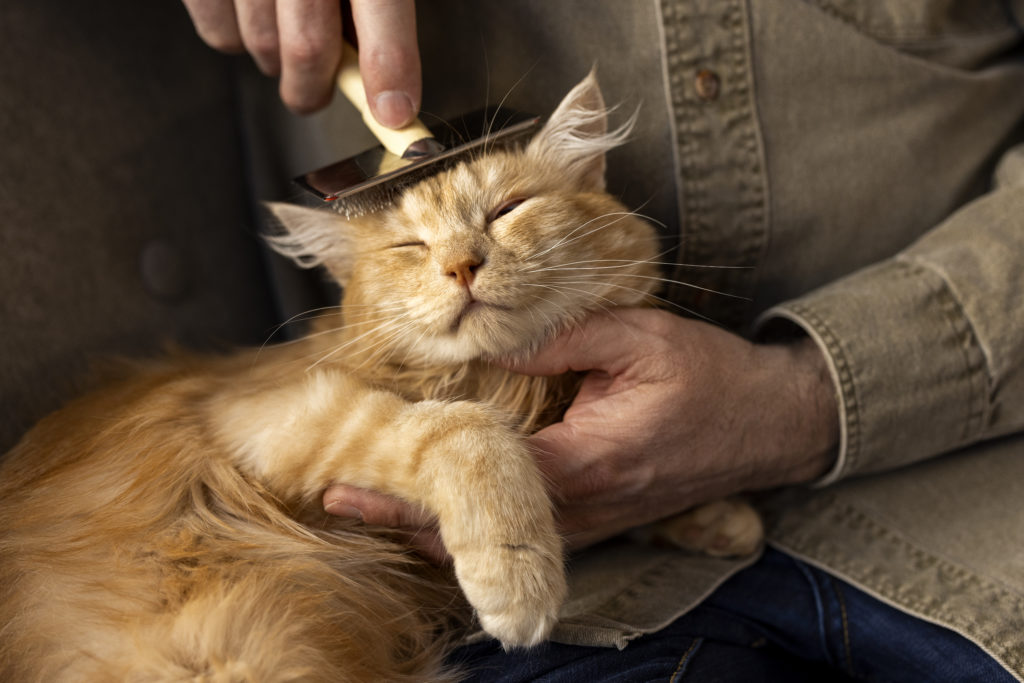
If you have an old cat with dandruff, you may wonder how to help. As cats age, their skin and coat change, leading to dandruff. However, there are some steps you can take to ensure your senior cat is comfortable and flake-free.
Firstly, it’s important to schedule regular check-ups with your veterinarian. They can help identify any underlying health issues contributing to your cat’s dandruff. Additionally, older cats may have difficulty grooming themselves, so it’s essential to provide regular grooming sessions to ensure your cat’s skin and coat are healthy.
As with all cats, diet and hydration are essential for maintaining a healthy coat. Older cats may benefit from a diet specifically formulated for their age and health needs. Additionally, ensure your senior cat has access to fresh water at all times.
If your senior cat is experiencing severe or persistent dandruff, it may be necessary to consult with your veterinarian about medicated shampoos or other treatment options. Regular veterinary care and attention can help ensure your senior cat is comfortable and happy in their golden years.
Cat Dandruff Treatment Options: Professional Help
If your cat’s dandruff persists despite your best efforts, it’s time to seek professional help. A veterinarian can diagnose and treat any underlying health conditions or infections that may be contributing to your cat’s dandruff. To find a solution, the vet may recommend one or more of the following treatment options:
| Treatment | Description |
|---|---|
| Medicated Shampoo | A shampoo formulated with medications to help combat dandruff and underlying skin issues. The vet may recommend medicated shampoo for regular use. |
| Supplements | A vet may recommend supplements that can help improve your cat’s skin and coat health, like omega-3 and omega-6 fatty acids. |
| Prescription Medications | In more severe cases, a vet may prescribe medication like steroids or antibiotics to help reduce inflammation or combat infections. |
It’s important to remember that each cat is unique, and the right treatment for your cat’s dandruff will depend on the underlying cause. Be sure to communicate all symptoms and concerns to the veterinarian, so they can best diagnose and treat your feline friend.
Don’t delay in seeking professional help if you notice persistent dandruff, as it can lead to other health issues. With the right treatment plan, you can help your cat overcome dandruff and maintain a healthy coat.
Prevention is Key: Maintaining a Dandruff-Free Cat
Now that you’ve tackled your cat’s dandruff problem, it’s essential to take preventative measures to ensure it doesn’t return. Here are some tips to help you maintain a healthy, dandruff-free cat:
- Groom your cat regularly: Brushing your cat’s fur at least once a week will help distribute natural oils throughout the coat, preventing dryness and dandruff buildup.
- Provide a clean living environment: Dust, dirt, and other allergens can contribute to dandruff. Vacuum, sweep your home regularly, and wash your cat’s bedding and toys often.
- Implement a proper diet and hydration routine: Feed your cat a balanced diet and ensure access to plenty of fresh water. Dehydration can lead to dry skin and dandruff.
By taking these steps, you can help keep your feline friend healthy and happy for years!
How to Get Rid of Cat Dandruff Without a Bath?
If your cat dislikes water and bathing is a challenge, there are alternative methods to address their dandruff. Consider the following options:
When applying dry shampoo, gently massage it into your cat’s fur using your fingers or a brush. Finally, comb out any excess powder or spray using a fine-toothed comb for optimal results. For more information on dry shampoo options for cats, check our article on Dry Shampoo for Cats.
Damp Cloth: A slightly wet, warm, and soft cloth can be used to wipe away loose hair and dead skin cells responsible for dandruff. This method also helps moisturize your cat’s skin and reduce itching and flaking. Ensure that you don’t rub too hard or use excessive water, as this may irritate your cat’s skin or cause fur matting.
Grooming Glove: A grooming glove with rubber tips or bristles can effectively remove loose hair and dead skin cells, alleviating dandruff. Additionally, it helps stimulate blood circulation and oil production while providing a gentle massage for your cat’s skin. Simply wear the grooming glove on your hand and stroke it gently over your cat’s fur, following the direction of hair growth. Avoid applying excessive pressure or pulling on their fur to prevent discomfort or coat damage.
Conclusion
In conclusion, cat dandruff can be a frustrating issue for cat owners. Understanding the causes and symptoms is crucial, and taking action to reduce and prevent it. By following a healthy diet, providing proper grooming, and creating a stress-free environment for our feline friends, we can help maintain a healthy coat and prevent dandruff before it occurs. Remember, consulting a veterinarian is always recommended for persistent or severe cases of cat dandruff. They can recommend professional treatment options to help alleviate the symptoms and find the underlying cause. As cat owners, it’s our responsibility to keep our furry companions healthy and happy.
FAQ
Q: What causes cat dandruff?
A: Cat dandruff can be caused by dry skin, poor grooming, allergies, or underlying health conditions.
Q: How can I tell if my cat has dandruff?
A: Look for white flakes in your cat’s fur, matted fur, or signs of itching.
Q: How can I reduce cat dandruff?
A: You can reduce cat dandruff by making dietary changes, establishing a regular grooming routine, and creating a healthy environment for your cat.
Q: Are there any natural remedies for cat dandruff?
A: Yes, you can try remedies like coconut oil, apple cider vinegar, or oatmeal baths, but always consult a veterinarian before using any treatments on your cat.
Q: How can I help my senior cat with dandruff?
Once you have treated your cat’s dandruff, you may want to take some steps to prevent it from coming back. Here are some tips for keeping your cat’s coat healthy and flake-free:
With a passion for cats and years of experience in cat care and grooming, I have gained valuable insights and expertise that I want to share with other cat lovers. I believe that every cat deserves the best care possible, and through this platform, I aim to empower cat owners like you to provide the utmost love and care for your feline companions.
